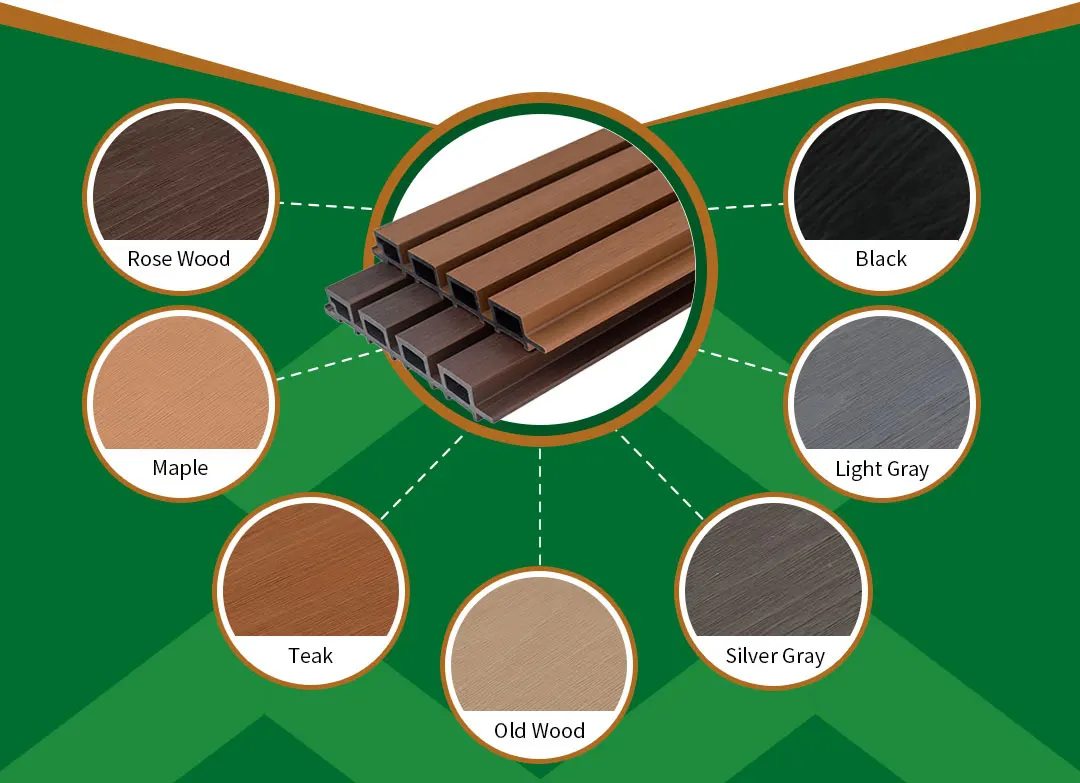Solar cells are a reliable technology for converting solar energy directly into electricity. How to increase the energy conversion efficiency of solar cells? Recently, Prof. Yang Bin of the university has collaborated with Dr. Yi Liu and Dr. Bo He of the Lawrence Berkeley National Laboratory in the United States to develop a new ADA type intermediate band gap non-fullerene acceptor material, IDTT-T, and to Band gap PTB7-th paired polymer donors were used to prepare high performance organic solar cells. The battery has an energy loss of only 0.57 eV, an open circuit voltage of up to 1 volt, and an energy conversion efficiency of about 10%. The research work was published in the new journal "ACS Energy Letters" under the title of "Molecular Engineering for Large Open-Circuit Voltage and Low Energy Loss in Around 10% Non-fullerene Organic Photovoltaics". Prof. Yang Bin is the co-first author and the second correspondence author of the dissertation. Dr. Bo He and Dr. Yi Liu of the Lawrence Berkeley National Laboratory in the US are the co-first author and the first coordinator of the paper. The acceptor material is a major component of the active layer of organic solar cells. The non-fullerene acceptor material with a fused ring structure has excellent properties such as adjustable electron band, simple synthesis, and low production cost, and exhibits great development potential. At present, domestic and foreign researchers are devoted to designing and developing narrow-bandgap non-fullerenes acceptor materials with good photoelectric response performance. However, the types of highly efficient wide bandgap organic donor materials that are matched with them are very limited, and the narrow band gap is subject to The lower LUMO level of the bulk material is not conducive to the increase of the open circuit voltage of the solar cell. Professor Yang Bin et al. replaced the strong electron-withdrawing group cyanofluorenone with the weak electron-withdrawing group diethylthiobarbituric acid, and obtained a new type of ADA with higher LUMO level than conventional non-fullerene acceptor material ITIC. The intermediate band gap IDTT-T is a non-fullerene acceptor material, and the material is paired with a low bandgap PTB7-th polymer donor to prepare a high performance organic solar cell. This work shows that by adopting the new design idea of ​​the intermediate bandgap non-fullerene acceptor material and the narrow bandgap donor material combination, the high open circuit voltage and high energy conversion efficiency of the organic solar cell can be achieved at the same time.
WPC Composite Decking is strong durable and inexpensive, very low maintenance and a superior alternative to timber decking. Our WPC decking is made from 50% hardwood fibres, 40% recycled polyethene and a 10% mix of bonding agents and additives. Our decking is manufactured to be stronger than traditional wood options as the wood is reinforced by the bonding agent. recyclable and eco friendly and low carbon , Our boards stand the test of time as they are weatherproof – mildew proof and will stand the test of time . WPC Decking will withstand temperature fluctuations and moisture and is non cracking like woodOur Decking is an ECO friendly choice for your garden or commercial property, as they are made of non-toxic and 100% recyclable materials. This is the new generation of outdoor materials. Our WPC Decking comes in 3 colours, Light Grey, Dark Grey & Coffee.
Wpc Decking,Outdoor Decking Wpc,Wpc Wood Grain Flooring,Wpc Deck Panel Shandong Zeen Decoration Materia.Co., Ltd. , https://www.zeendecor.com
